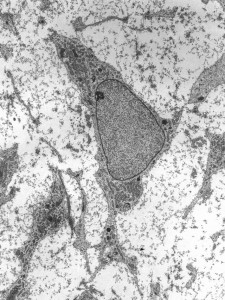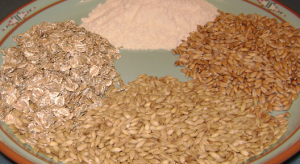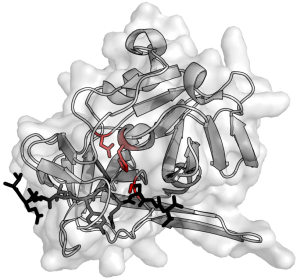Collaboration between researchers from the University of Illinois, Notre Dame University and the Huazhong University of Science and Technology in China has resulted in astounding advances in the field of stem cell research. The team, led by Professor Ning Wang, a professor of mechanical science and engineering at the University of Illinois, succeeded in creating an environment that allowed stem cells to form the three distinct germ layers needed to create regenerative cells. The findings were originally published in the journal Nature Communications and were recently summarized in an article for Science Daily.

In the process of fetal development, specialized tissues and organs form from a small ball of stem cells. The first step in this process, in which the cells separate into three germ layers, has consistently evaded the grasps of researchers, rendering further studies in regeneration impossible. In order to achieve this goal, all three layers must be produced in the correct order and location. Through mouse embryonic stem cells, Wang’s team was able to demonstrate this process with the correct combination of timing, chemical factors and environment.
In order to succeed in creating the perfect storm, environment proved to be the most crucial aspect. Wang and his colleagues started by depositing stem cells into a very soft gel substance, intended to recreate the properties of the womb. The texture and stiffness of the gel proved to be very important, as the consistency affected the success rate of the operation.
With the correct consistency, the cells were able to separate into the three appropriate germ layers—endoderm on the inside, mesoderm in the middle and ectoderm on the outside. This was a first amongst all researchers to embark on the endeavor. Wang hopes these results can lead towards a future to develop more consistency in reproducing the procedure. With further tests and development, Wang also hopes to improve the efficiency of the process and move forward in advancing stem cell research.




